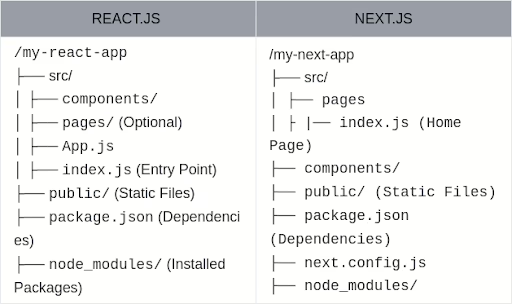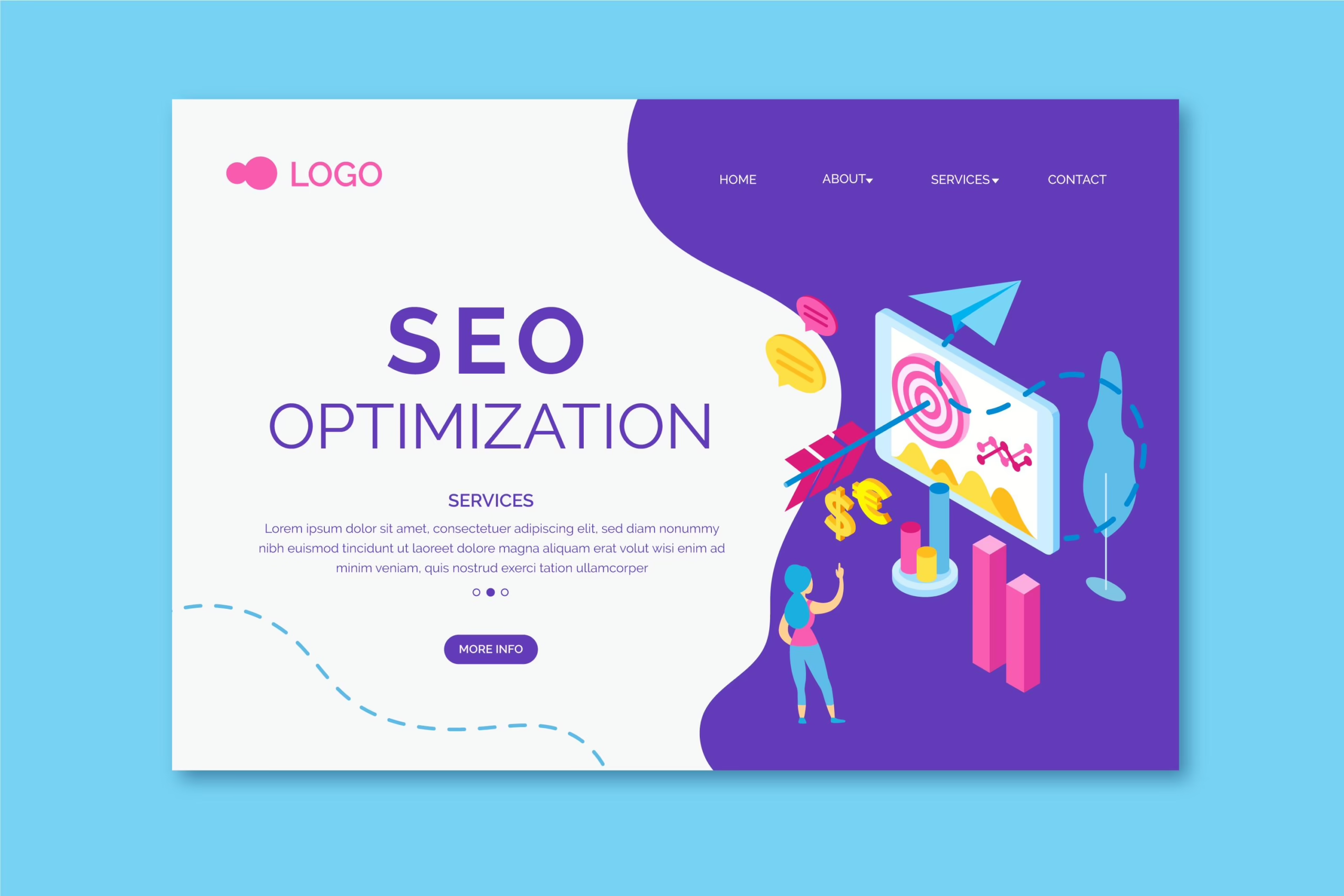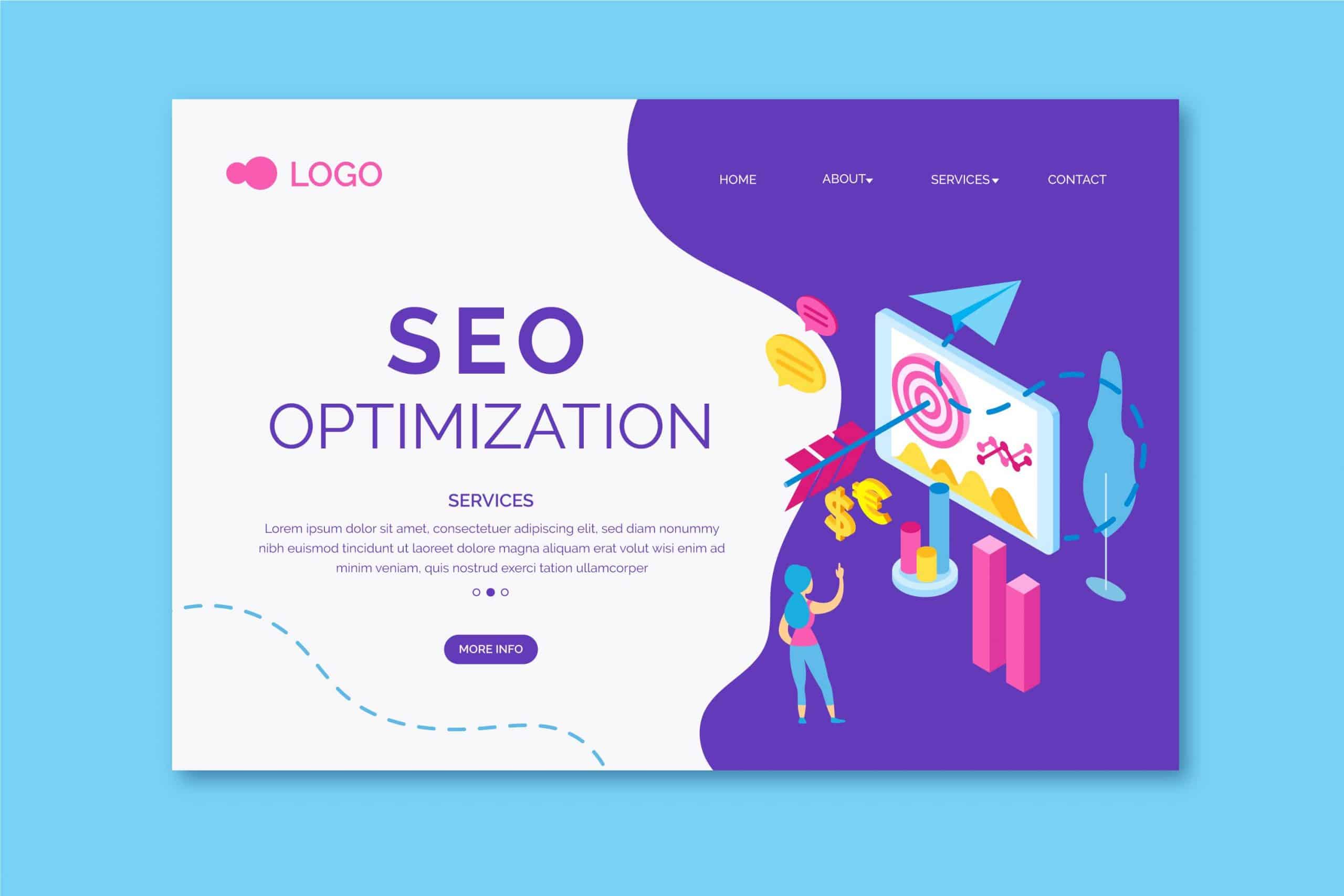React.js has been a go-to library for building dynamic and interactive web applications. With its component-based architecture, virtual DOM, and a thriving ecosystem, React makes front-end development more efficient. However, as web applications grow, certain challenges arise, especially in SEO, performance, and routing.
That’s where Next.js comes in. It builds upon React’s strengths while addressing some of its core limitations. This blog explores the power of Next.js for React developers, the challenges it solves, and how Next.js for SEO can significantly enhance web visibility, performance, and user experience.
Limitations We Faced With React While Doing SEO
While React is powerful, it isn’t always the best choice for every scenario. Some of the challenges we faced included:
Third-Party Dependencies: To handle SSR or SSG, we had to rely on external tools like Next.js or Gatsby.
SEO Challenges: React’s default client-side rendering (CSR) meant that search engine crawlers struggled to index pages properly, impacting rankings. This is where Next.js for SEO shines, offering server-side rendering (SSR) and static site generation (SSG) to improve search engine visibility.
Performance Issues: Initial page load times were sometimes slow, especially for large applications since the entire JavaScript bundle had to load before rendering content.
Routing Complexity: Managing routing with React Router required additional configuration.
API Handling: Fetching data on the client-side sometimes led to slower performance compared to server-side rendering (SSR).
How to Employ Next.js for SEO
Next.js enhances React by offering built-in features that streamline development while improving performance and SEO. Here’s how:
Next.js comes with built-in support for SSR and SSG, which allows search engines to index pages more effectively. Implementing Next.js for SEO ensures better rankings without relying on extra SEO workarounds.
- Performance Boost
- Automatic Code Splitting: Next.js only loads the necessary JavaScript for each page, reducing load times.
- Static Site Generation (SSG): Pre-renders pages at build time, making them load almost instantly.
- Server-Side Rendering (SSR): Renders pages dynamically on the server before sending them to the client.
- Simplified Routing
Next.js uses a file-based routing system, meaning each file inside the pages/ directory automatically becomes a route. This removes the need for external routing libraries like React Router and reduces configuration complexity.
- API Routes
With Next.js, we could create API routes within the project itself using the /pages/api directory. This streamlined our backend interactions without needing an external server.
- Better Form Handling Experience
One of the biggest advantages we noticed was how much easier it was to handle forms in Next.js compared to React. With React, we often had to set up additional libraries for form submission and API integration. However, Next.js made it seamless with built-in API routes and SSR capabilities, eliminating unnecessary complexity.
Using React and Next.js Together in a Project
While Next.js is built on React, you can also integrate them in a way that leverages the strengths of both frameworks. Here are some ways to use them together:
- Embedding React Components in Next.js
Next.js supports React components natively. If you have an existing React component library, you can reuse it directly inside your Next.js pages and components without any modifications.
- Using Next.js for Routing and SSR, React for UI Components
You can use Next.js for its powerful SSR, SSG, and API routes while keeping your UI components in a separate React project or a shared component library.
- Integrating Next.js with a React SPA
If you already have a React SPA and want to introduce Next.js for SEO-critical pages, you can configure your Next.js project to handle specific routes while keeping the rest of your application as an SPA.
- Fetching Data in Next.js with React Hooks
You can still use React hooks like useState and useEffect for client-side fetching while leveraging Next.js’s getServerSideProps for server-side fetching.
Migrating from React to Next.js for SEO Optimization
If you’re currently using React and considering Next.js, the migration process is straightforward. Here’s a quick guide to help you transition:
- Install Next.js in Your React Project
If you already have a React project and want to convert it to Next.js, start by installing Next.js and necessary dependencies using:
npm install next react react-dom command.
Then, add the following scripts to your package.json:
“scripts”: { “dev”: “next dev”, “build”: “next build”, “start”: “next start”}
Now, you can run your Next.js project using :
npm run dev. - Folder Structure Changes

- Converting Components
Components in React remain mostly unchanged when migrating to Next.js. However, routing and data fetching require adjustments.
Before (React with React Router):
import { BrowserRouter as Router, Route, Switch } from 'react-router-dom';
import Home from './pages/Home';
import About from './pages/About';
function App() {
return (
<Router>
<Switch>
<Route path="/" exact component={Home} />
<Route path="/about" component={About} />
</Switch>
</Router>
);
}
export default App;
After (Next.js with File-Based Routing):
// pages/index.js
import Link from 'next/link';
export default function Home() {
return (
<div>
<h1>Home Page</h1>
<Link href="/about">Go to About</Link>
</div>
);
}When to Use React vs. Next.js
Both React and Next.js have their ideal use cases:
Use React When:
- Building a single-page application (SPA) with dynamic interactions.
- SEO is not a concern.
- You prefer full control over routing and configurations.
Use Next.js When:
- Next.js for SEO is a priority.
- You need server-side rendering or static site generation.
- You want built-in routing, API handling, and image optimization.
Conclusion
Our journey from React to Next.js has been an exciting learning experience. While React provided a solid foundation, Next.js helped overcome many of the limitations we faced, especially in terms of Next.js for SEO, performance, and routing. That said, both frameworks have their strengths, and choosing between them depends on the project requirements.
If you’re building a React application and facing similar challenges, we highly recommend giving Next.js a try. But if you need flexibility and a lightweight setup, React is still a fantastic choice. Either way, both technologies continue to evolve, making web development more powerful and efficient than ever before. At Sreyas IT Solutions, we’ve seen firsthand how it can streamline development and boost web application performance.








